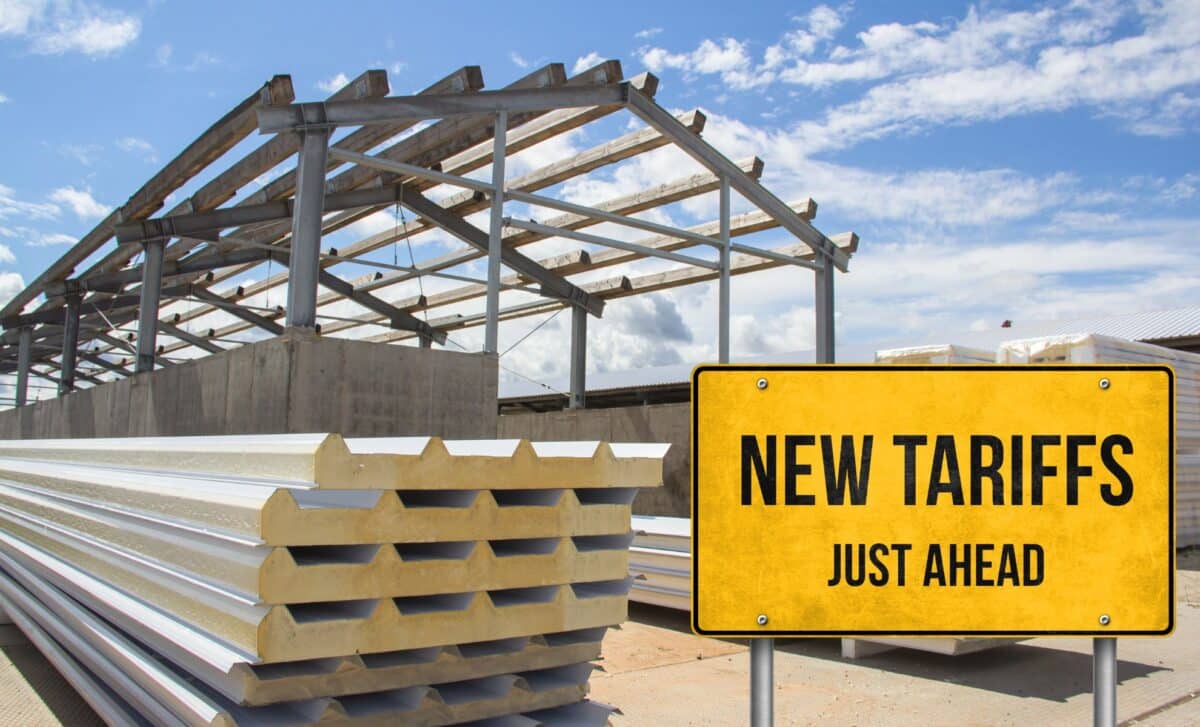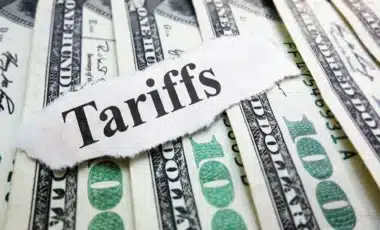As President Donald Trump’s administration moves closer to enforcing a 25% tariff on steel and aluminum imports, US manufacturers are facing rising metal costs. With these tariffs set to take effect in the coming weeks, supply chains and financial forecasts across various industries are already feeling the impact.
According to Reuters, these tariff-driven price increases are significantly affecting businesses that rely on steel and aluminum for production. Manufacturers, particularly in the machinery and automotive sectors, are experiencing substantial hikes in material costs. While the tariffs aim to support domestic metal producers, they also pose challenges for companies that depend on these raw materials for their products.
Rising Metal Prices Hit US Manufacturers
Steel prices in the US have surged significantly in recent weeks, with manufacturers already feeling the pressure. Glen Calder, who owns a machinery factory in South Carolina, has reported a 15% spike in steel prices over the last two weeks.
Meanwhile, companies such as HCC in Illinois are finding it increasingly difficult to get accurate price quotes from their suppliers, as they wait for the tariffs to be imposed.
Steelmakers like Nucor have already raised their prices multiple times this year, citing the impending tariffs as the main driver behind the increases. A survey by Bain & Co. found that 40% of top executives are expecting significant cost hikes due to the tariffs, and many companies are adjusting their financial forecasts to account for these higher input prices.
The Ripple Effect on the Manufacturing Sector
While the tariffs may benefit domestic steel producers, the effect on downstream industries, such as automotive and machinery manufacturing, is more complex. HCC, for example, manufactures parts for large farm equipment producers and is caught between rising steel costs and the pressure from customers to manage these increases.
Smaller manufacturers are especially vulnerable. As steel prices rise and lead times stretch, businesses like Calder Brothers in South Carolina face the challenge of adjusting their pricing strategies in an already uncertain economic environment. Glen Calder stressed that with soft demand and high interest rates, raising prices now is a particularly difficult decision.
“This is not a good time to even think about raising my prices.”
Government’s Stance on Tariffs
The White House defends the tariffs as part of a broader strategy to strengthen domestic manufacturing.
“The intent of these tariffs is to give breathing room to domestic producers of steel and aluminum—and to get them back up to their fuller capacity,” a White House spokesman stated. They acknowledged that “the price of steel and aluminum going up is a natural result of that.”
With the tariffs set to take effect on March 12, 2025, US manufacturers are preparing for a challenging period.









